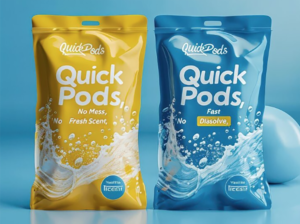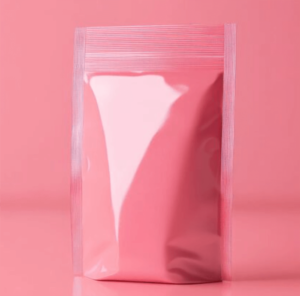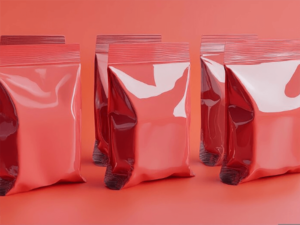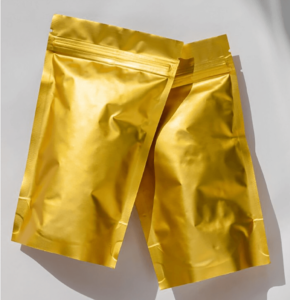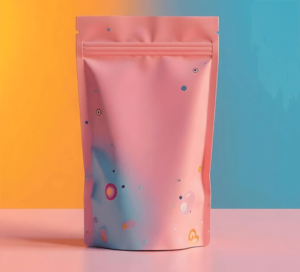In the dynamic world of packaging, the stand up pouch has emerged as a powerhouse, combining convenience, functionality, and visual appeal. But as environmental concerns take center stage, the industry is undergoing a radical transformation. The focus is shifting from traditional, petroleum-based plastics to sustainable alternatives, with bio-based and compostable materials leading the charge.
Bio-based plastics, derived from renewable resources like corn starch, sugarcane, or other biomass, offer a compelling path forward. These materials significantly reduce reliance on fossil fuels and lower the overall carbon footprint of packaging. However, simply being bio-based isn’t enough; the key is to ensure they perform just as well as their conventional counterparts. This means maintaining excellent barrier properties to protect product integrity and a strong seal to prevent leaks. Manufacturers are investing heavily in research and development to engineer bio-based films that can meet these stringent demands, pushing the boundaries of what’s possible with renewable resources.
The next frontier is compostable materials. Unlike their biodegradable cousins, which can take years to break down, compostable pouches are designed to fully disintegrate in a composting environment, leaving behind no toxic residue. This requires materials like polylactic acid (PLA) and other specialized polymers that are certified to break down under specific conditions. The challenge lies in creating a pouch that is robust enough for its intended use—protecting food, liquids, or other goods—yet delicate enough to break down at the end of its life. This delicate balance is being achieved through innovative polymer blends and sophisticated film structures, providing a genuine end-of-life solution that aligns with the principles of a circular economy.
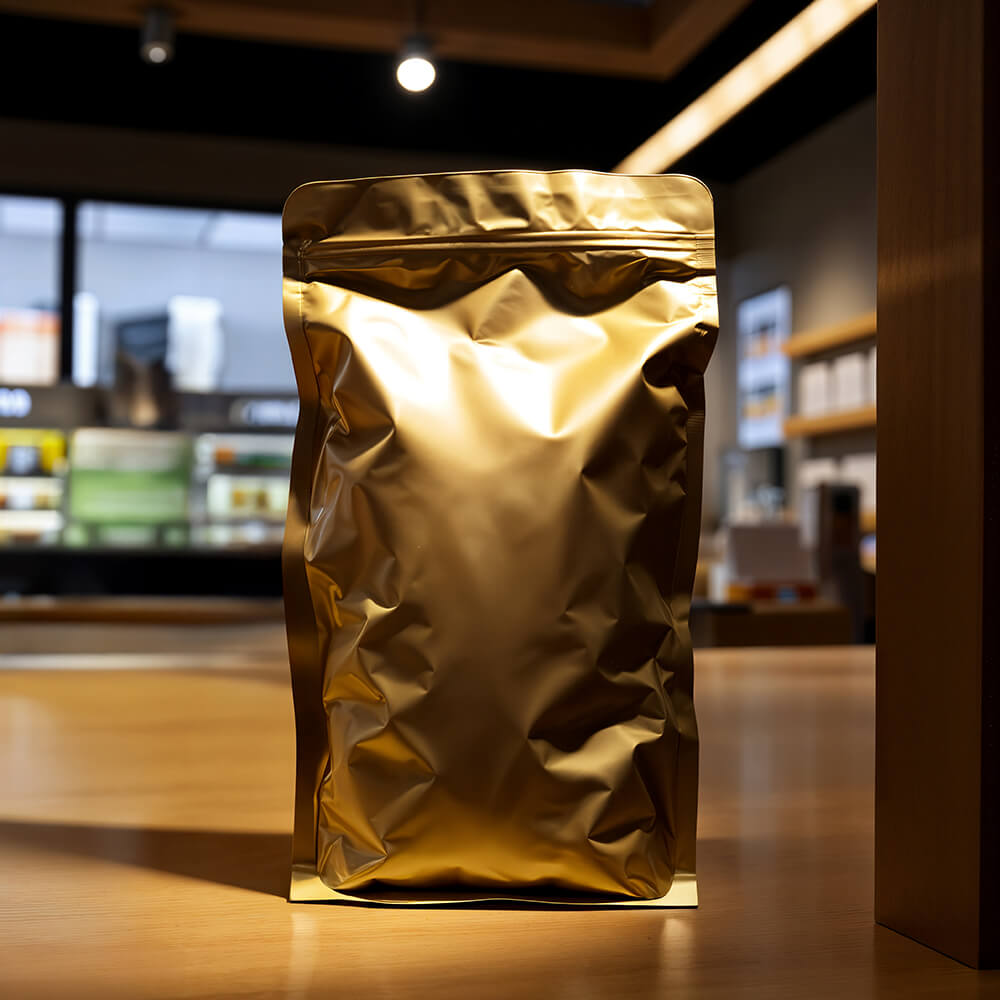
Advanced Printing Technologies for High-Definition Graphics on Stand Up Pouches
As the pouch itself becomes a canvas, high-definition graphics are essential for capturing consumer attention. Gone are the days of simple, one-color logos. Today’s printing technologies allow for photographic quality imagery, vibrant colors, and intricate designs that pop off the shelf.
Modern digital printing, for instance, offers unparalleled flexibility. It allows for quick-turnaround, small-batch runs without the need for expensive printing plates, making it perfect for seasonal promotions or customized products. Conversely, advanced rotogravure and flexographic printing techniques have been refined to deliver exceptional color consistency and sharpness, even on complex, multi-layered films. These processes are vital for achieving the high-end look and feel that premium brands demand, ensuring that the packaging itself tells a compelling story.
Innovative Closure Systems for Stand Up Pouches: From Traditional Zippers to Smart Seals
The humble closure system is a critical component of a stand up pouch, impacting both functionality and consumer experience. The traditional zipper has long been the standard, offering reusability and convenience. However, innovation in this area has led to a new generation of closure systems.
Smart seals and specialized spouts are gaining traction, particularly for liquid and semi-liquid products. These closures are designed for easy pouring and mess-free use, enhancing the user experience. Beyond simple functionality, there’s a growing focus on accessibility, with new designs being developed to be easier to open for people with limited dexterity. The integration of tamper-evident features, from tear notches to sophisticated seals that change color upon opening, also plays a crucial role in ensuring product safety and consumer trust.
Small-Batch Production of Custom Stand Up Pouches: Equipment and Process Optimization
The rise of e-commerce and a more diverse marketplace has fueled demand for small-batch production and customization. This shift challenges the traditional manufacturing model, which was built for large-scale, continuous runs. To meet this need, manufacturers are turning to specialized equipment and process optimization.
Modular pouch-making machines and automated tooling changeovers allow for rapid shifts between different sizes and designs. This flexibility is key to serving a wide range of clients, from startups to established brands launching limited-edition products. Additionally, software-driven workflow management and real-time monitoring have become essential tools, enabling manufacturers to efficiently manage smaller production runs, minimize waste, and maintain cost-effectiveness.
Automation and Robotics in Modern Stand Up Pouch Production Lines
Efficiency, speed, and precision are the hallmarks of modern manufacturing, and the stand up pouch industry is no exception. Automation and robotics are transforming production lines, from the initial film handling to the final packing.
Robotic arms, equipped with advanced vision systems, can now precisely pick and place pouches onto conveyors or into cartons, reducing manual labor and the risk of human error. Automated quality control systems can inspect every single pouch for defects at high speed, a task that would be impossible for human operators. This level of automation not only boosts productivity but also ensures consistent quality, which is paramount in a competitive market.
Lamination Technologies in Multi-layer Stand Up Pouches: Process and Performance Enhancement
A stand up pouch is rarely a single layer of film. It’s a carefully engineered structure of multiple layers, each serving a specific purpose. Lamination technologies are what bind these layers together, creating a robust barrier against moisture, oxygen, and light.
Innovative adhesive and extrusion lamination processes are being developed to create multi-layer films with enhanced performance characteristics. These advancements are critical for protecting sensitive products, extending shelf life, and preventing spoilage. The goal is to achieve maximum protection with minimum material, using thinner, yet stronger, layers to improve sustainability and reduce overall weight.
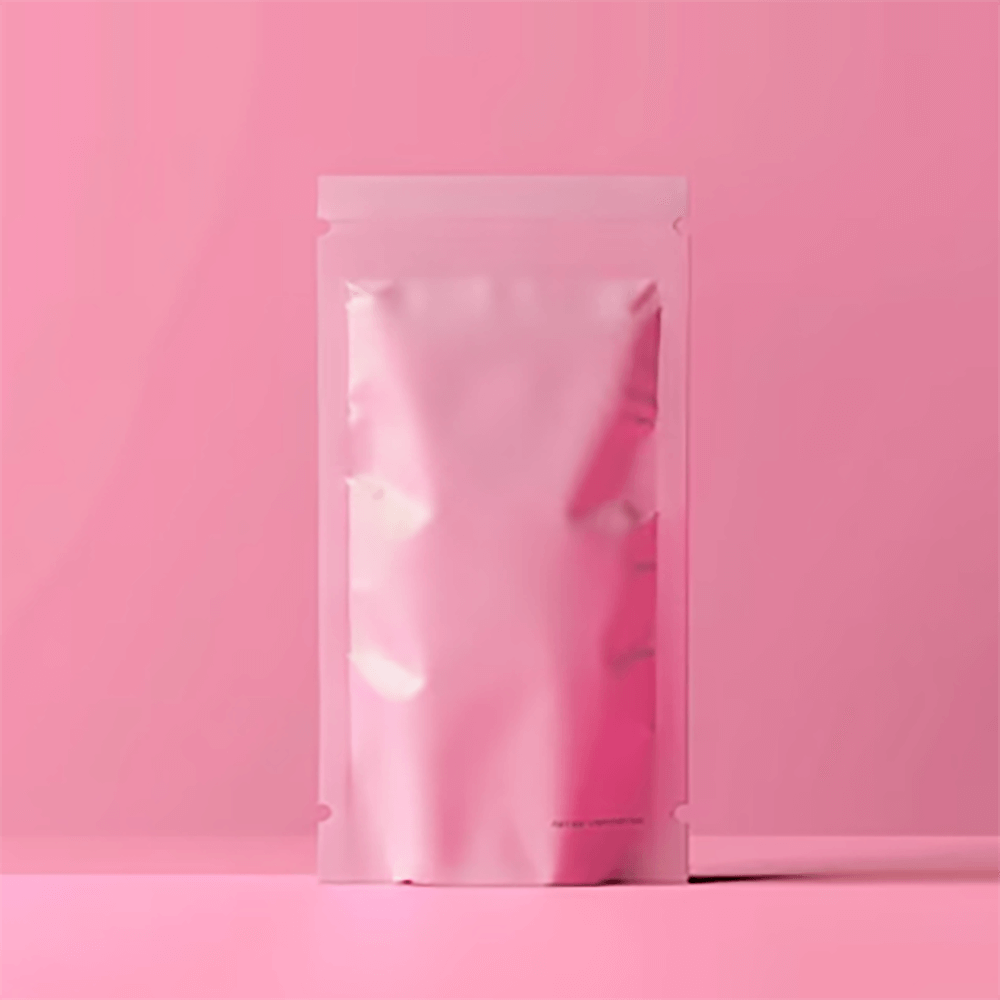
Designing and Manufacturing High-Temperature Resistant Stand Up Pouches for Retort Applications
For products that require heat sterilization, such as pre-cooked meals and pet food, retort pouches are the packaging of choice. These pouches must withstand extreme temperatures and pressures without compromising the seal or the integrity of the material.
The manufacturing of retort pouches is a highly specialized process, involving multi-layer structures that often include a foil layer for its exceptional barrier properties. The challenge is to ensure that all layers, including the sealants and inks, can endure the harsh retort process. This requires precise material selection, advanced sealing technologies, and rigorous testing to guarantee that the pouch performs flawlessly under these demanding conditions.
Advanced Quality Control Systems for Stand Up Pouch Manufacturing: Beyond Basic Testing
Quality control is the final frontier in ensuring product safety and brand reputation. While basic tests for seal strength and leak detection are standard, advanced quality control systems go much further.
These systems use a combination of technologies, including machine vision, spectroscopic analysis, and pressure decay testing, to scrutinize every aspect of the pouch. They can detect microscopic pinholes, analyze the uniformity of the barrier layer, and even verify the accuracy of the printed graphics. This proactive approach to quality control not only prevents defective products from reaching the market but also provides valuable data for process optimization, creating a feedback loop that continually improves manufacturing efficiency and product reliability.
Carbon Footprint Analysis of Stand Up Pouch Manufacturing: Reduction Strategies and Best Practices
Finally, a holistic view of manufacturing must include a thorough carbon footprint analysis. This involves assessing the environmental impact of every stage, from raw material extraction to final production. By understanding where the most significant emissions occur, manufacturers can implement targeted reduction strategies.
These strategies can range from using renewable energy sources in production facilities and optimizing transportation logistics to developing new materials that require less energy to produce. Best practices include incorporating recycled content into pouch materials, designing for recyclability or compostability, and minimizing waste through efficient processes. By embracing these principles, the stand up pouch industry can continue to innovate and grow while becoming a more responsible and sustainable leader in the packaging world.

